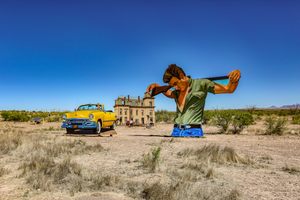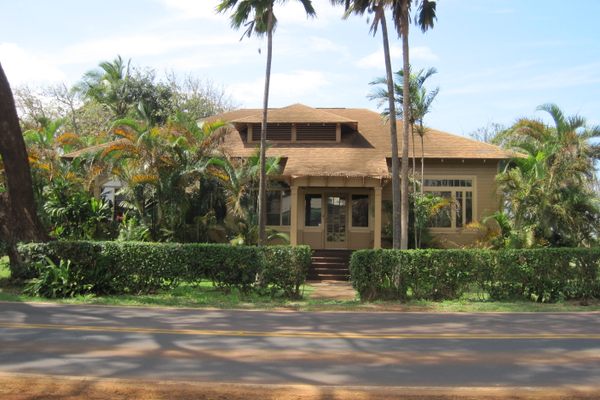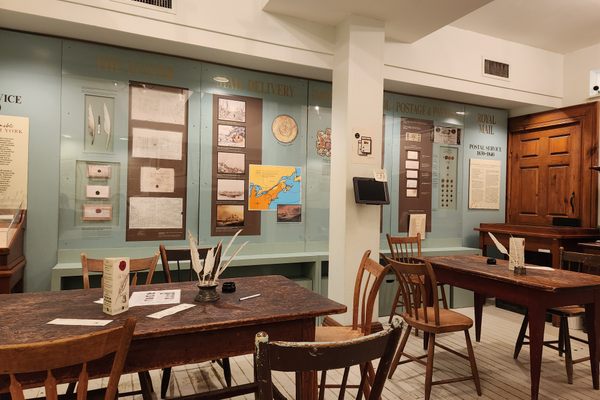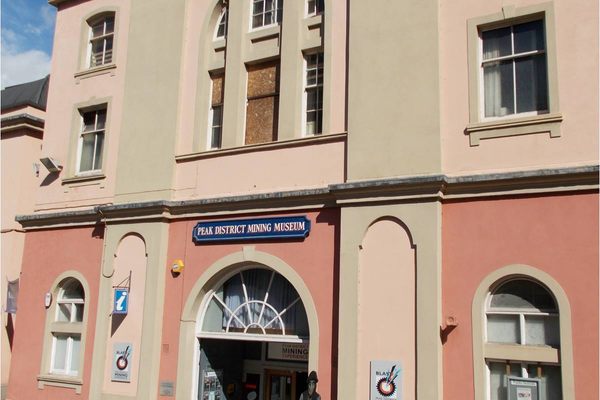About
The lights cut off in this original refinery plant in 2002. The distinctive building with the neon-signs is the former char house. Though that particular building isn't open to the public, if you step inside the visitor/heritage center, you'll see a wall displaying photographs illustrating the history of the mill, town, and people.
You'll also find cabinets filled with Imperial Sugar souvenirs, equipment, posters, pictures, toys, and of course, various sugar products. The museum host tons of rotating exhibits and events, and it also houses a striking blue neon Sugar Land sign from the former factory.
Outside the center, the noticeable black chimney stacks are a reminder of the factories steam-powered past. Workers from the neighborhood always knew what time it was from the sound of the whistles, which sounded at 6 a.m. to signal the start of the day, 12 p.m. and 1 p.m. for a lunch break, and at 6 p.m. to signal the end of the day. There was also a special steam whistle to summon firefighters. The water tower they used nearby was the tallest water tower west of the Mississippi River until 1925.
On a docent-led walking tour around the neighborhood, you’ll see bridges, a school, auditorium, church, railroad, hospital, and houses. These were all constructed just for the factory workers. Located alongside a river, the area was originally a plantation for growing sugar cane, corn, and cotton beginning in 1843. Sugar was last harvested here nearly a century ago.
Related Tags
Know Before You Go
The museum is open Tuesday through Saturday from 10 a.m. to 6 p.m. Call in advance to learn about tours and events.
Community Contributors
Added By
Published
September 20, 2019











































